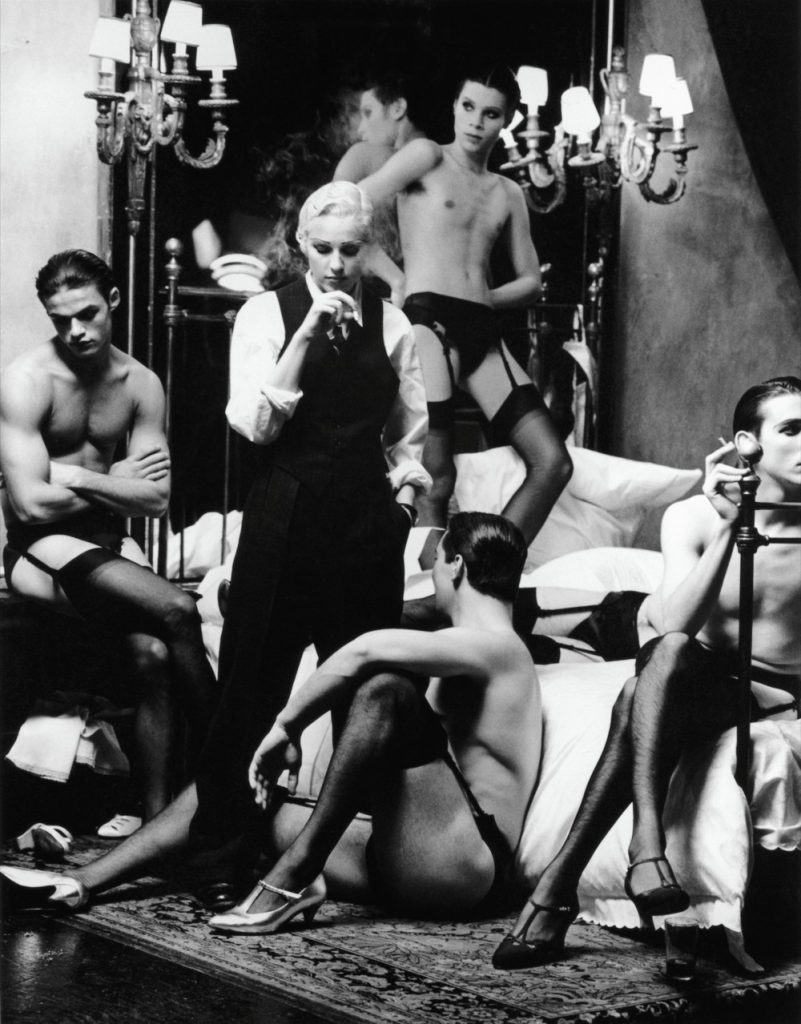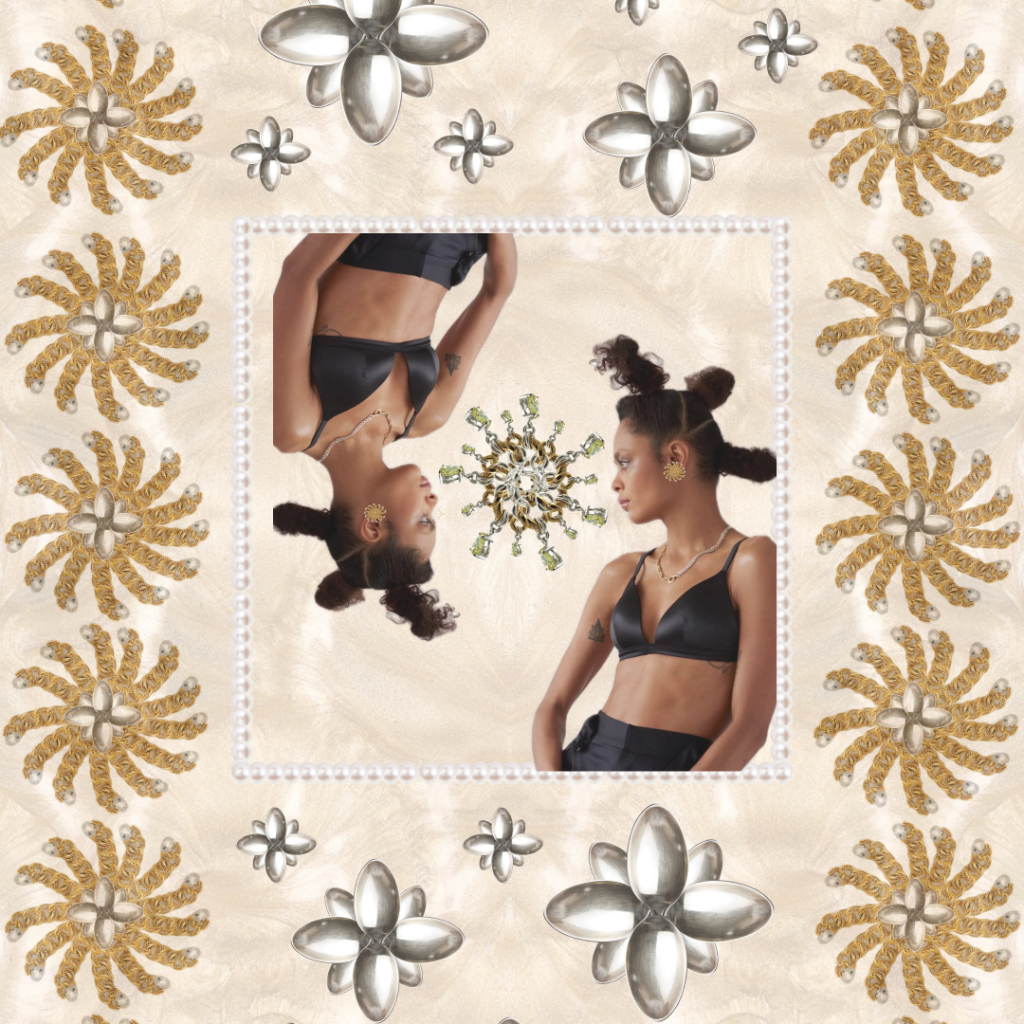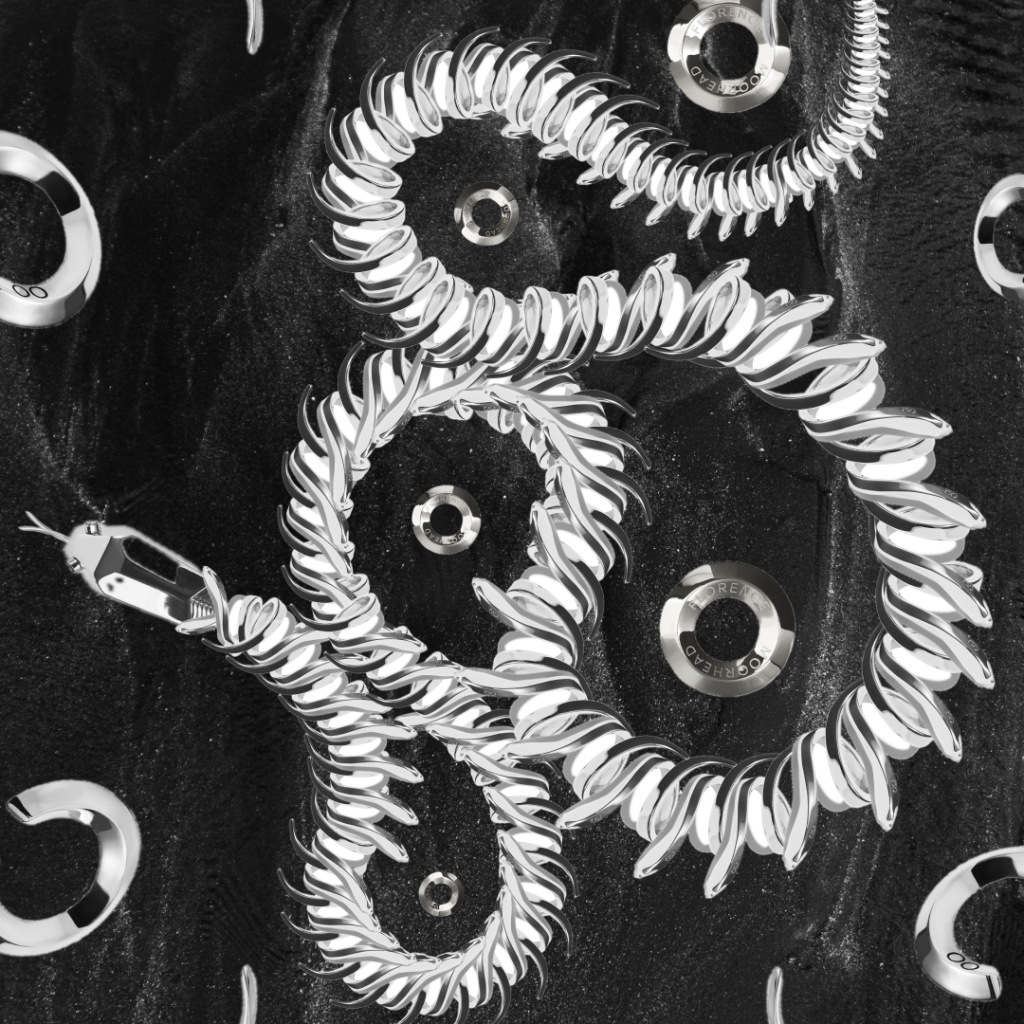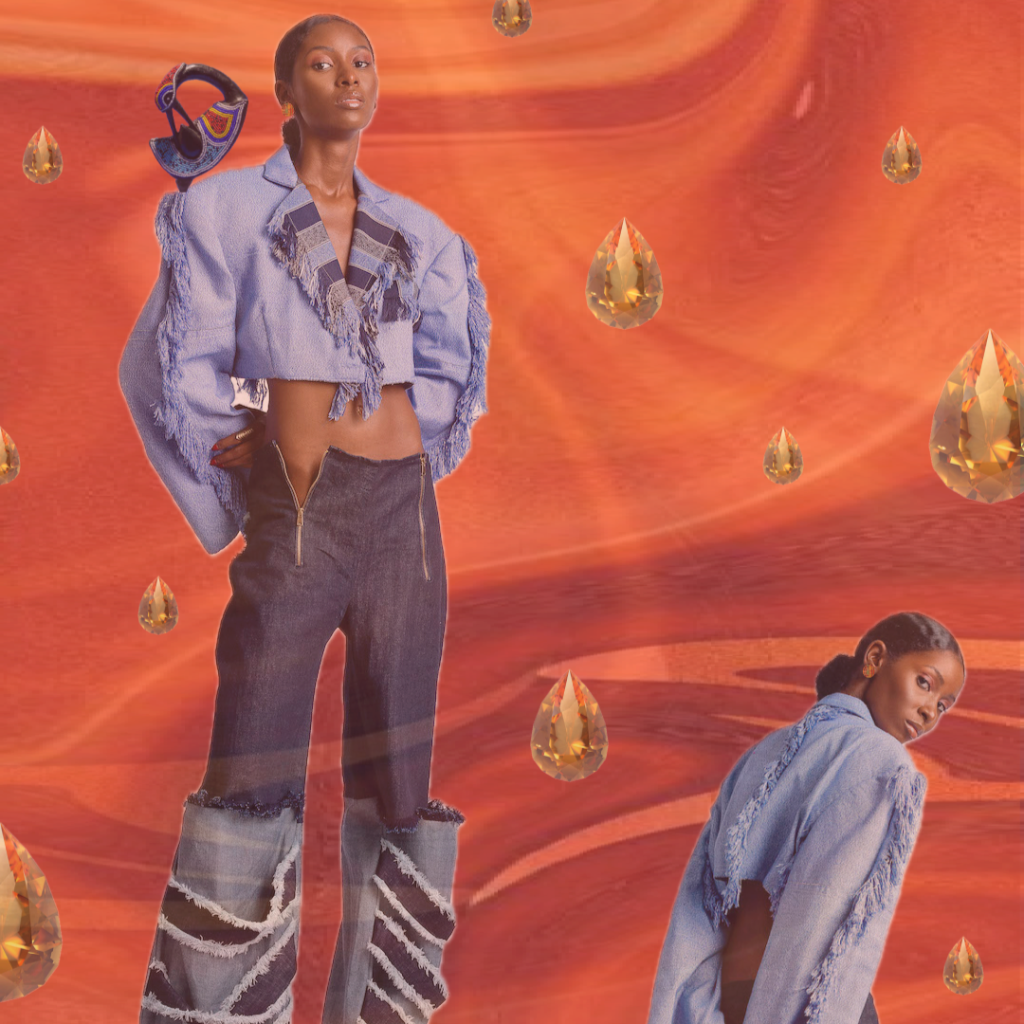Fashion photography after WWII: the history of an art form
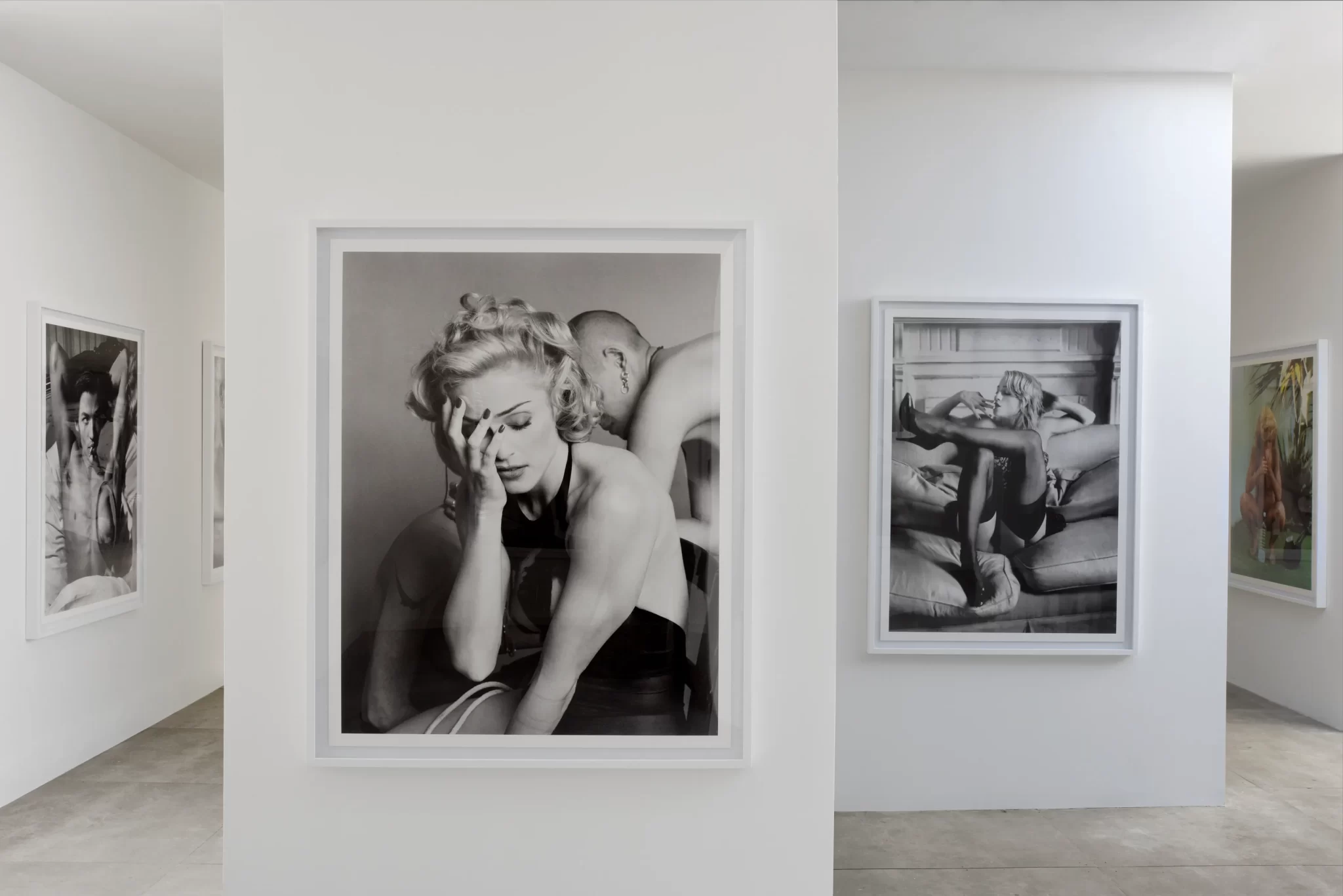
Fashion photography is an important tool for fashion brands, but it’s also an art form in its own right. Let us explore the history and evolution of fashion photography in the 20th century until World War II with the most important visual artists of the time.
The images we choose in the fashion industry have a major importance in the whole universe of the brand. They carry in most cases the first impression we have of a product, of a vibe, of the collection, of the season…
We talked before about the origins and first steps of fashion photography in our previous article. Now we are continuing our journey after World War II, up until the hyper creative 90s.
Irving Penn joined the team of Vogue shortly before the 50s. He stood out from the crowd with his signature style: shooting only in studios, with no other props or backgrounds other than the outfit he had to show off. He mastered paper backdrops, striking compositions and dramatic angles.
He photographed important personalities such as Picasso, Woody Allen or Yves Saint Laurent…
He was able to portray a remarkable intimacy on his portraits, something very rare for the big names he was photographing.
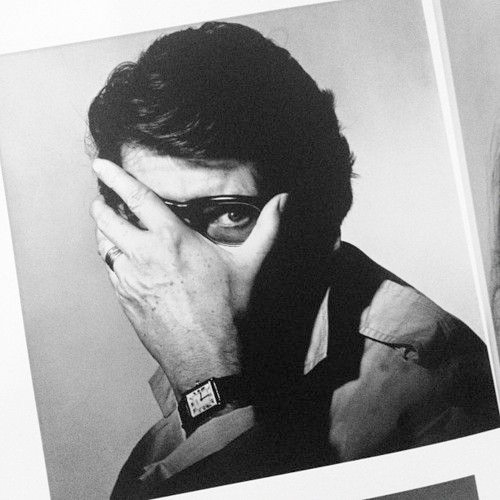
Richard Avedon is one of the artists who has helped to define the image of America’s style, beauty and culture. On his work for Harper’s Bazaar magazine, he created the photograph that would change his life, entitled Dovima with elephants.
He took an American energy to France and he became well known for his talent finding new different ways of photographing fashion.
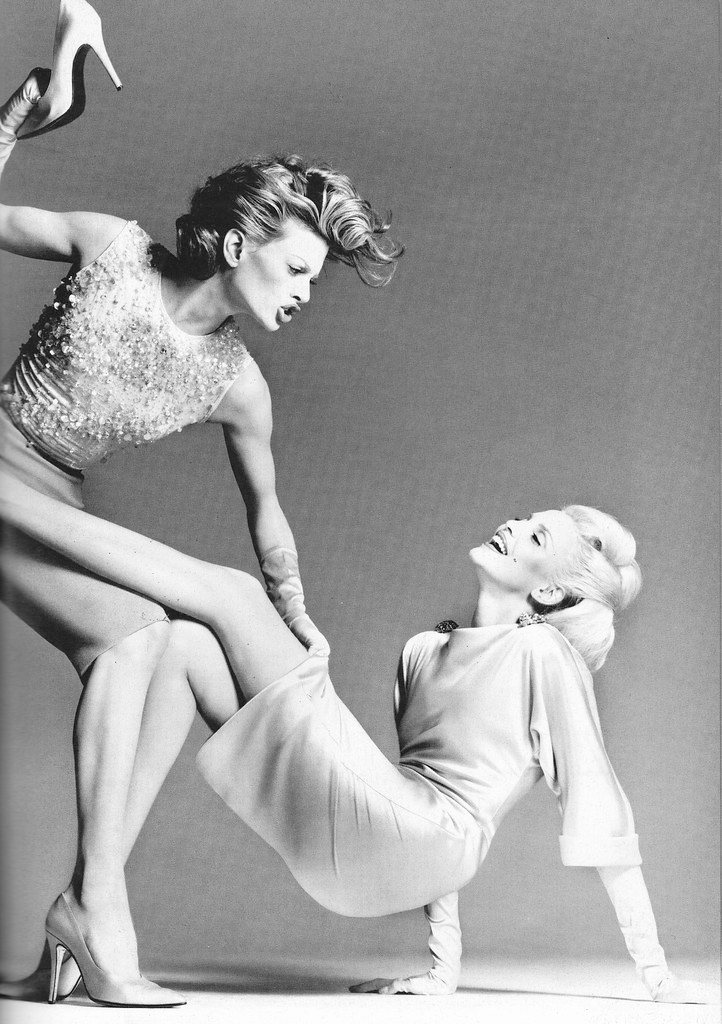
Norman Parkinson took portrait and fashion photography beyond the stiff formality of his predecessors and injected an easy and casual elegance into art.
His photographs created the age of the supermodel and made him the artist of choice for celebrities, artists, presidents…
He was the photographer of choice of leading figures such as Audrey Hepburn, The Beatles, Twiggy, Grace Coddington, David Bowie, Iman, Jerry Hall…
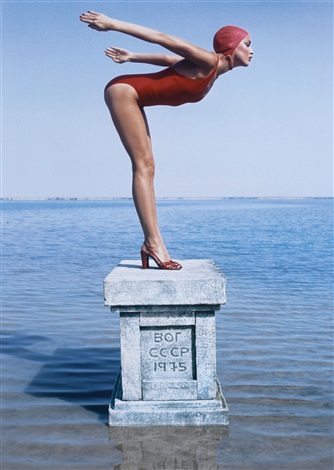
David Bailey developed an interest in the photography of Henri Cartier-Bresson after serving in the Royal Air Force. His first official foray into the world of fashion photography was his appointment to British Vogue in 1960.
He remained associated with the magazine first on staff, then as a freelancer for over 15 years. His use of stark black and white backgrounds, closely cropped shots, and sharp lighting led to a new era of fashion photography, being one of the most important artists of the 60s.
“It was the Sixties, it was a raving time, and Bailey was unbelievably good-looking. He was everything that you wanted him to be – like the Beatles but accessible – and when he went on the market everyone went in. We were all killing ourselves to be his model, although he hooked up with Jean Shrimpton pretty quickly”. Grace Coddington, American Vogue’s former creative director, at the time when she was a model.
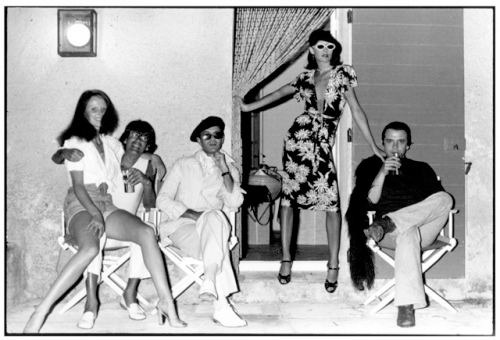
In the next decade, we can highlight the name of Guy Bourdin. His career ranged from painter to photographer, exploring the vanguard movements in the 70s, combining surrealism with erotic art and with high fashion.
He was a surrealist photographer Man Ray’s protégé, and his experiments with the Super 8 technique have been notorious.
Bourdin used Polaroids in preparation for his shoots, but he also incorporated some of these into his final shots to create a layered effect. This technique of placing an image within an image is what the French call “mise en abyme,” which roughly translates as “place in the abyss,” and many of these experiments with Polaroids were actually shot as highly original ad campaigns for French shoe designer Charles Jourdan in the 1970s.
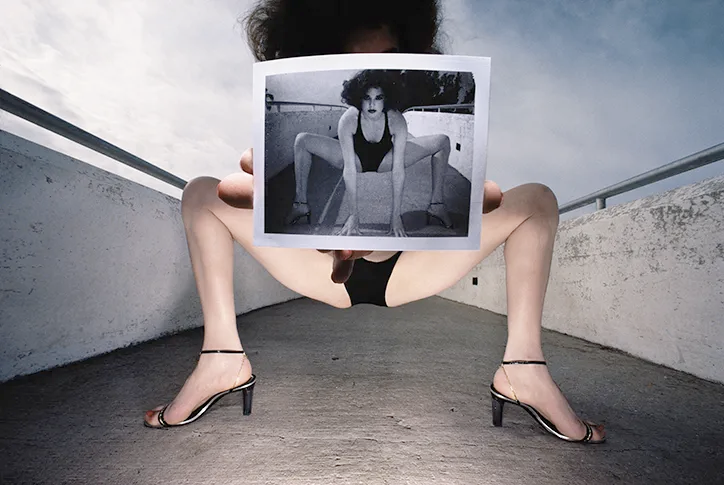
Helmut Newton was the first to shoot with an androgynous style women and men, blurring the line between the two of them and predeceasing the unisex style trends we see glowing today.
He was a pioneer in translating fashion photography into an erotic art, with another style differing from Guy Bourdin. He was published in Vogue, Playboy, Elle or Hapreer’s Bazaar.
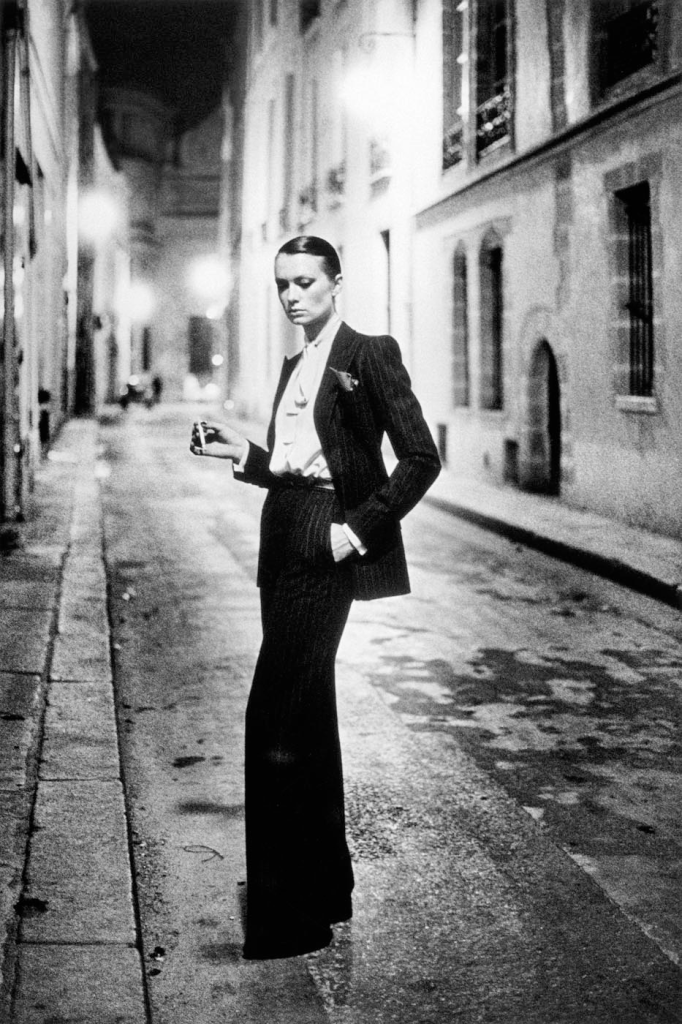
To end the groundbreaking 20th century, we need to talk about Steven Meisel. He has created a style on his own, particularly visionary, striking and provocative.
Meisel has discovered and popularized many influential supermodels, make up artists and designers, such as Naomi Campbell, François Nars, Ross Van Der Heide, Christy Turlington, Laura Mercier, Linda Evangelista…
He is the last revolutionary visual artist of the 20th century. His work on communicating sensuality broke many barriers on the sexual liberation of women and the LGBT community in the 90s. He marked the blueprint and opening doors for many other artists to come in the 21st century.
His most outstanding work is on Italian Vogue and with Madonna, notoriously on her SEX book, a project that broke many stereotypes and promoted freedom amid the AIDS epidemic and a overly conservative society at the moment.
